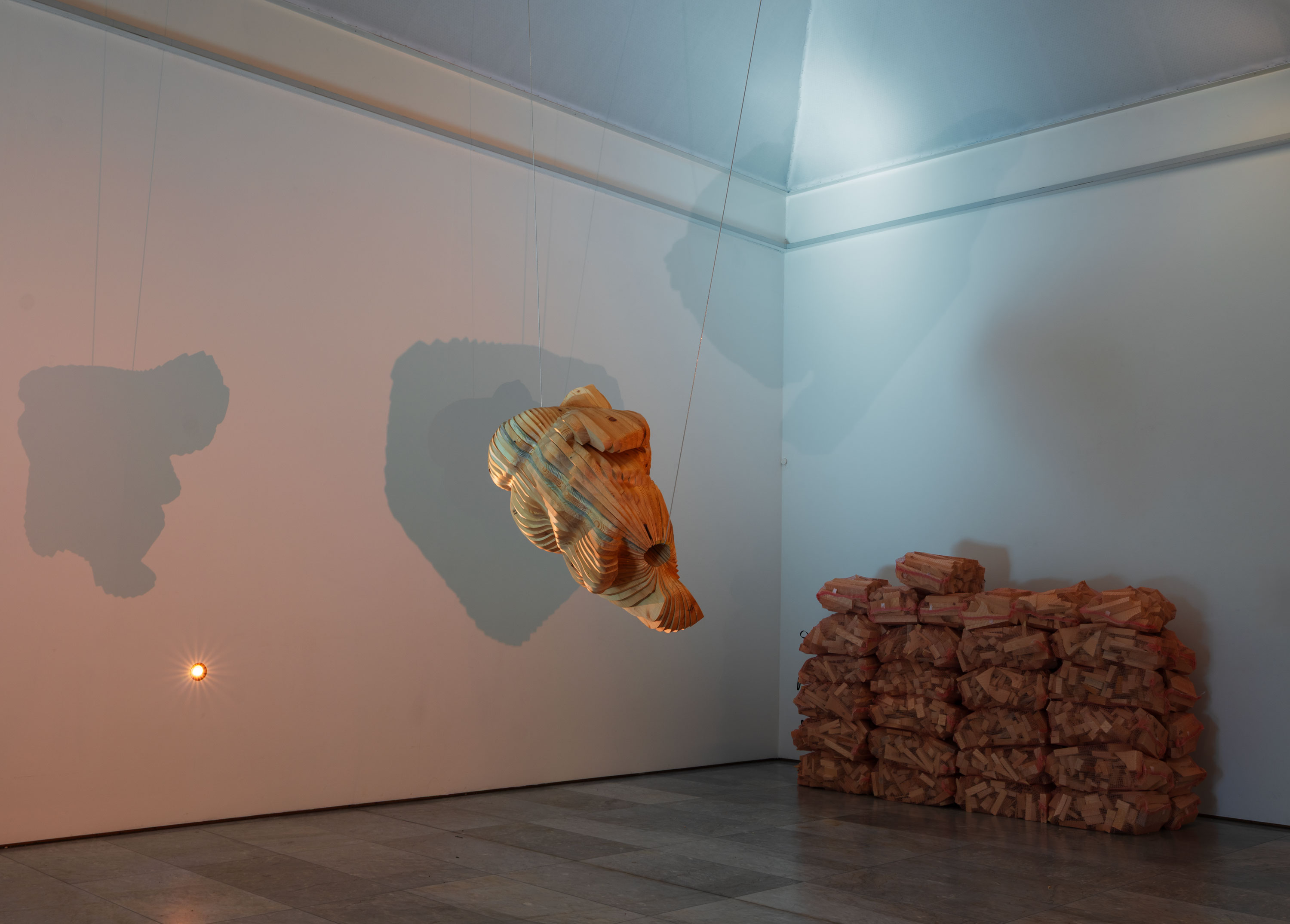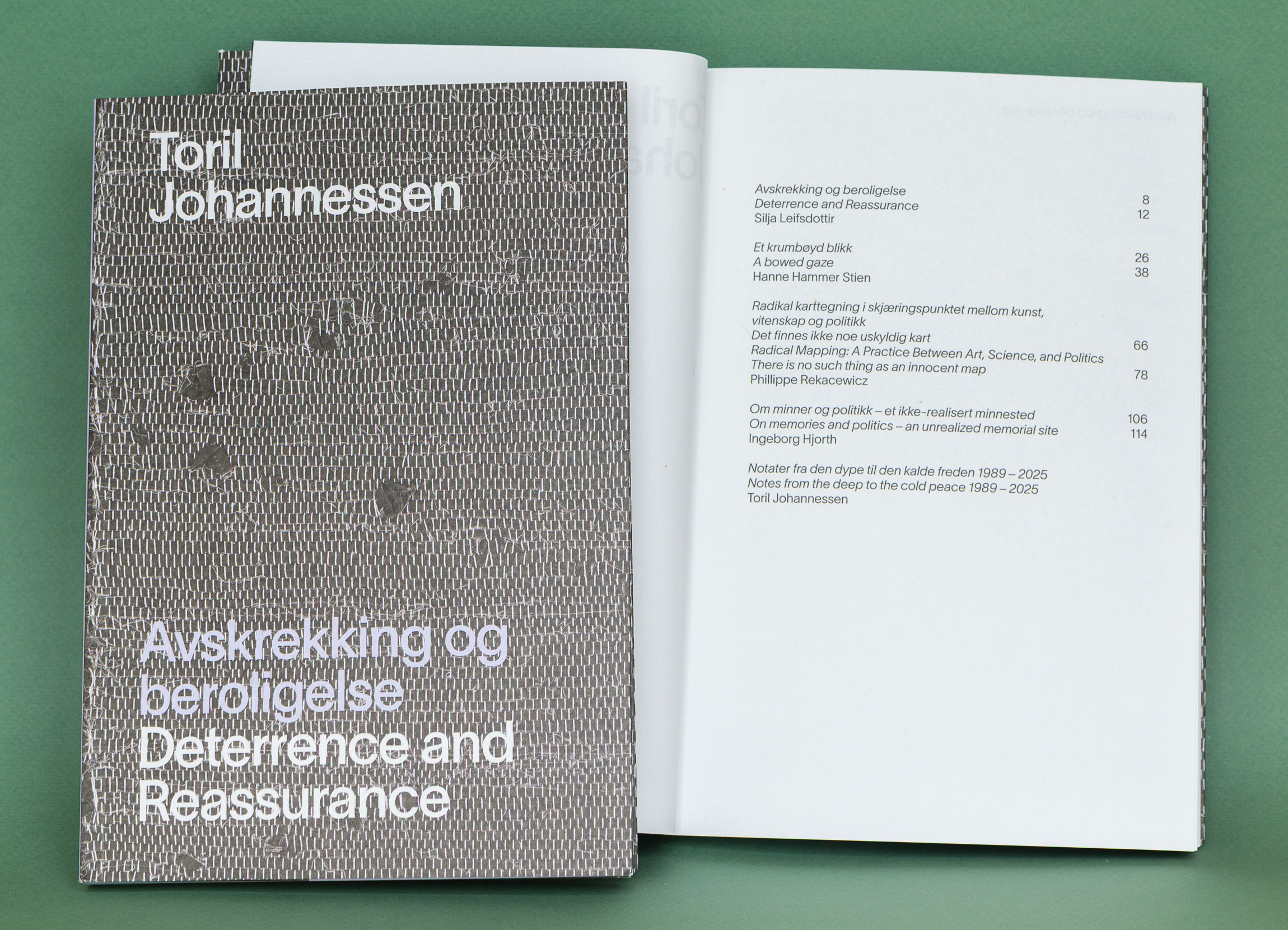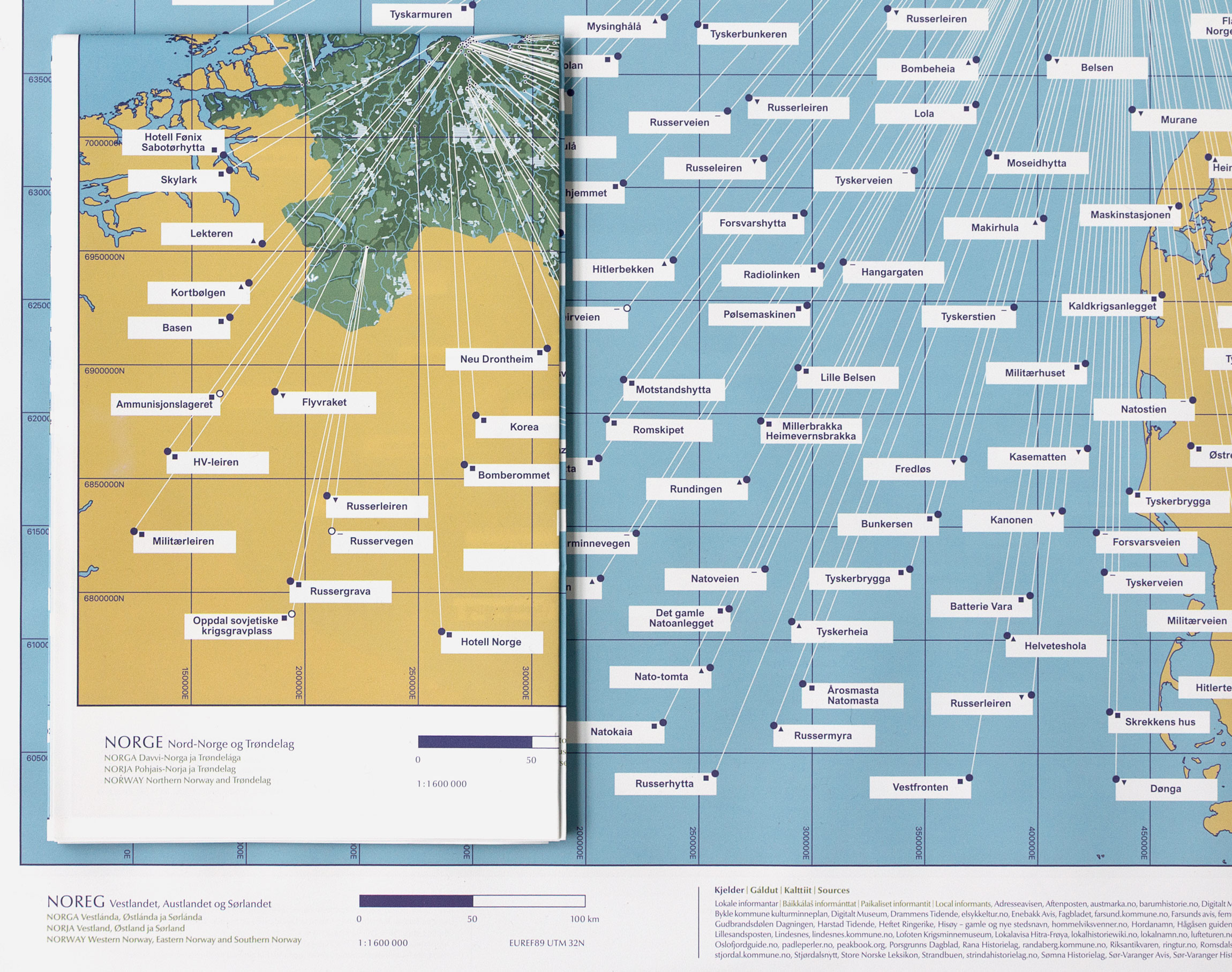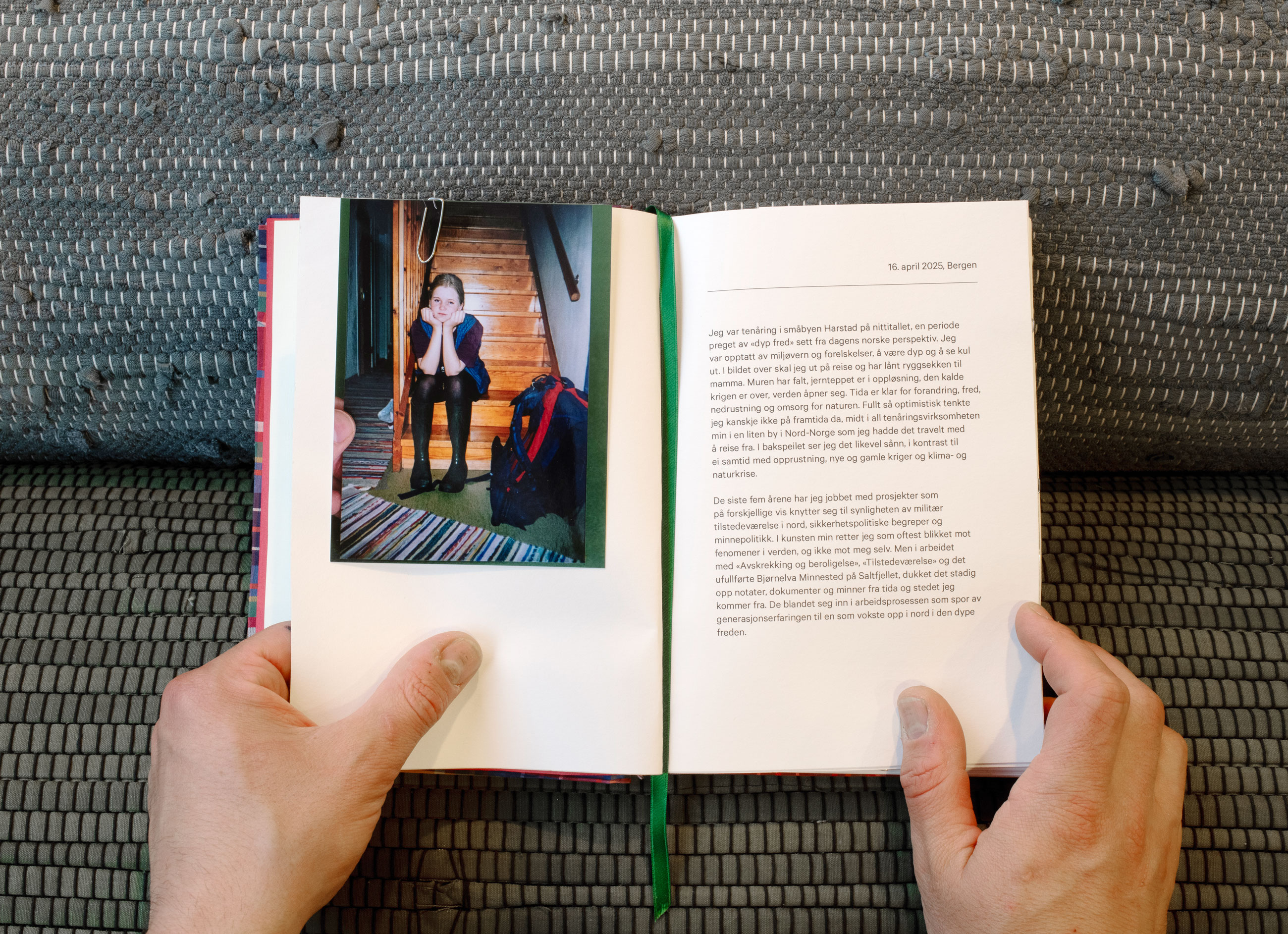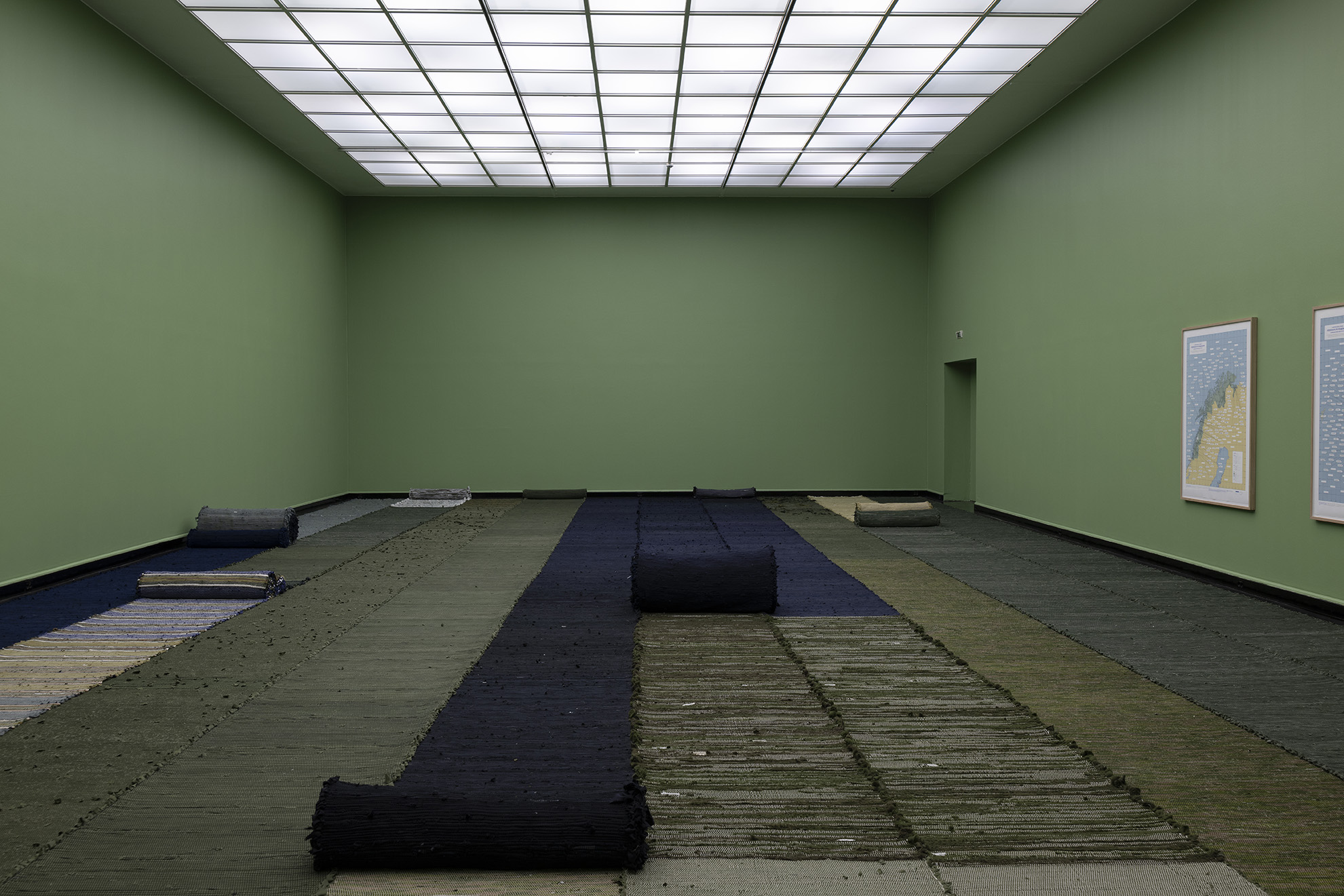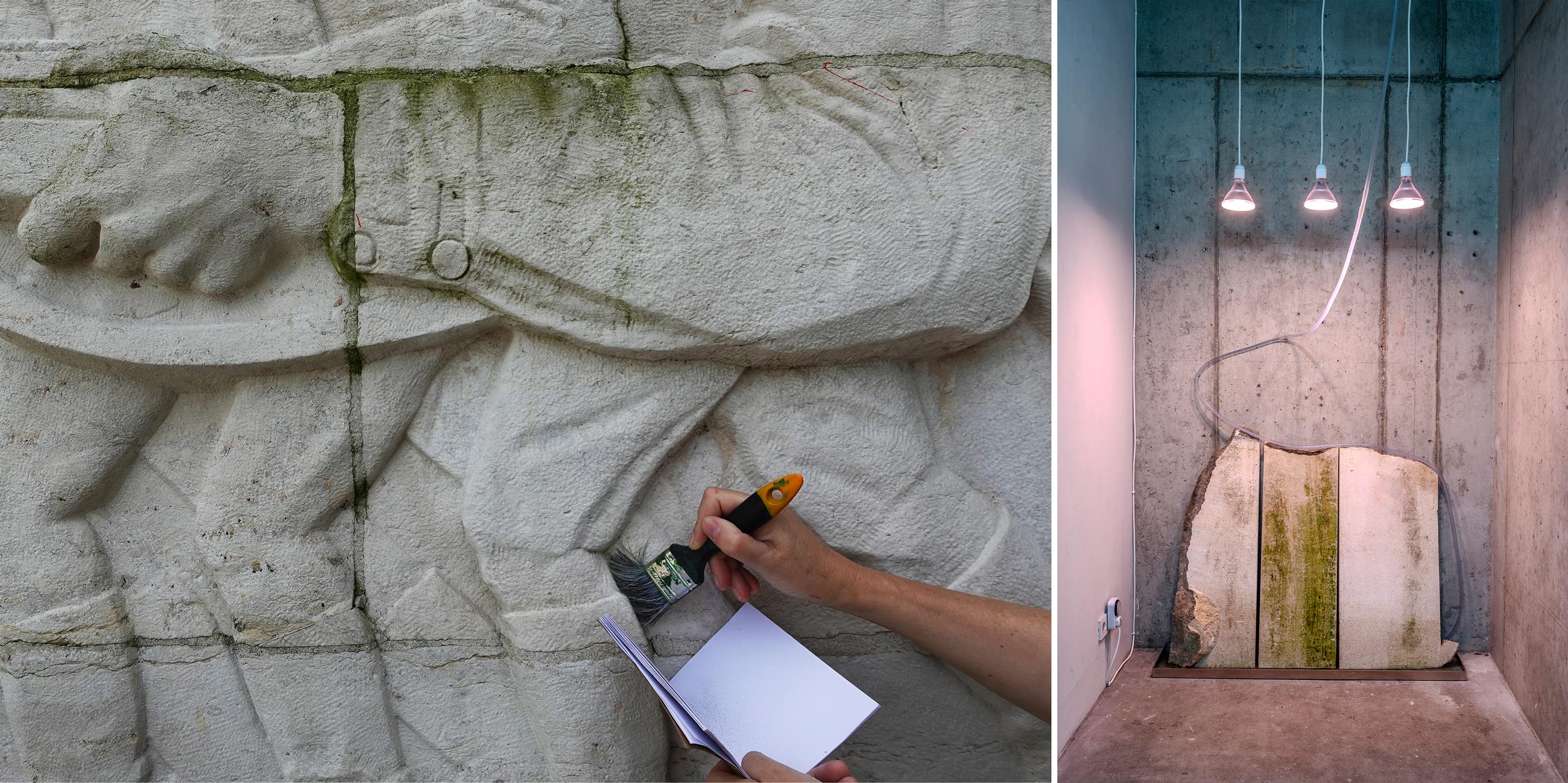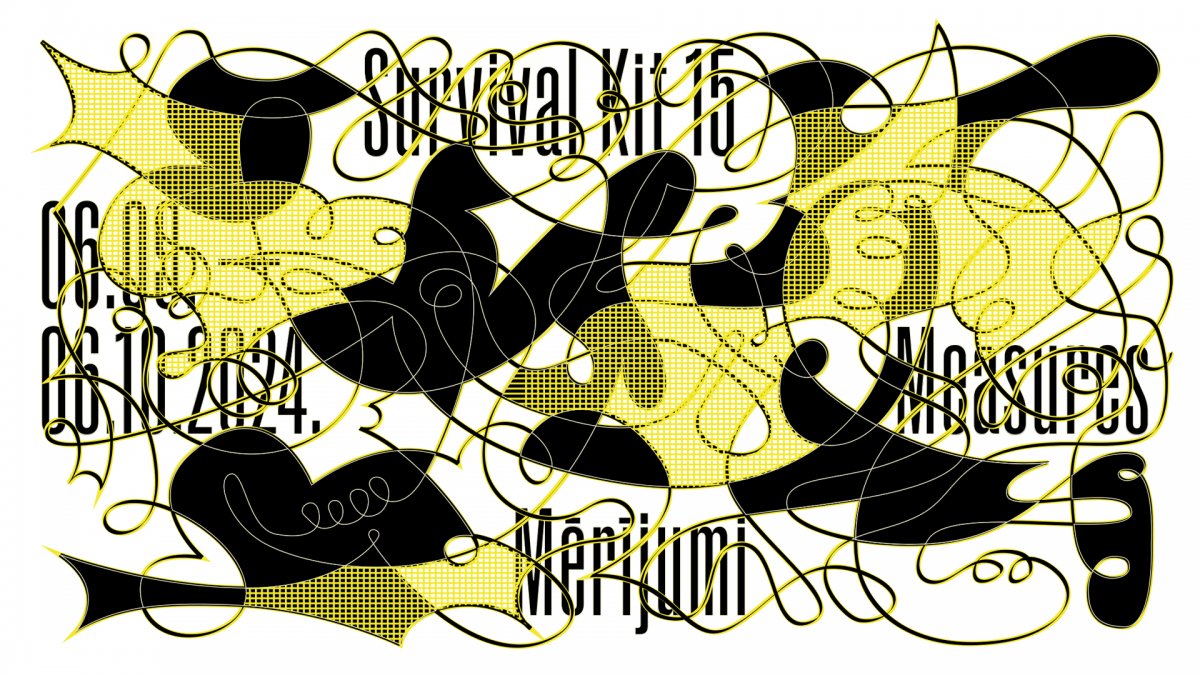Monument Algae is a work in progress about algae and biodegradation of monuments. Algae biofilms on stone surfaces can be both protective and destructive. Which algae grow on what monuments, and are they protecting them or slowly taking them down?
The project is in the start-up phase, and the first step is an installation at die raum in Berlin from 25 August to 17 November 2024. The installation consists of three slabs of limestone inoculated with algae scraped from the surface of monuments in Berlin. A simple irrigation system keeps the stone continuously moist to facilitate algae growth on the surface. With Monument Algae, we want to create a living sculpture that stimulates the growth of microalgae and makes them visible on a monumental scale – to visualise the power of microorganisms in general and in man-made environments in particular.
Marjolijn Dijkman and I have been collaborating since 2008. We both primarily work on our individual art practices and occasionally collaborate on specific projects.
Supported by OCA-Office for Contemporary Art Norway; Norwegian Embassy Berlin
Photo, left: Sampling algae from Sowjetisches Ehrenmal, Treptower Park, 23.08.2024. Photo, right: Installation at die raum, photo by Jan Windszus
